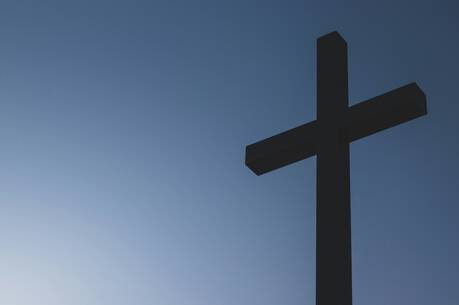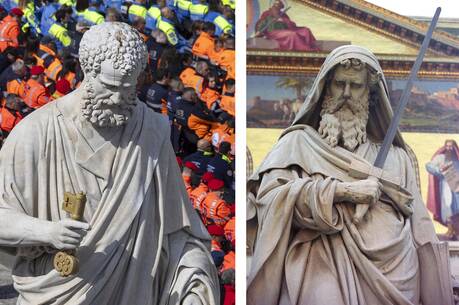What Does It Mean?
When I was a child, I often wondered how far up Jesus had to ascend before he got to heaven. Later I was dumbfounded when, as an adult, I read an astronaut’s comment about not seeing any traces in space of Jesus’ ascension. It is not that I have a clearer understanding of this mystery than I had as a child or than the astronaut seems to have had. I simply ask different questions now.
Those who have left us an account of the ascension had a pre-scientific concept of the structure of the cosmos, quite different from ours. Theirs was a three-tiered universe, with the realm of the dead literally under the world of the living and heaven literally above it all. When they spoke of Jesus returning to God and being enthroned in heaven, they envisioned this as some kind of ascension into the sky. The comment of the astronaut shows that he held two conflicting perceptions of the universe: an extraordinarily sophisticated one developed by modern astronomy and a pre-scientific one shaped by a literal reading of the Bible. Many of us hold the same two worldviews.
We who have been shaped by the scientific age in which we live want to know what really happened. We are not unlike the disciples who were “standing there looking up to the sky.” Today’s readings do not explain what happened. Instead, they throw light on what it all means.
The Ascension is one aspect of the broader mystery of the Resurrection. No longer is Jesus bodily present among his disciples. The church is now living in a new reality. While the readings for Ordinary Time, which will soon resume, describe this new reality, today’s readings focus on Jesus’ exaltation. Easter stories showed Jesus trying to assure his followers that they were really experiencing him and not some illusion. He walked with them and ate with them. The one who had died was now alive. In the readings for today we behold him in all his divine glory, taking his place in heaven next to God.
The focus of this feast is the heavenly reign of Christ, not the details of the ascension itself. The challenge it sets before us is spiritual, not scientific. Are we faithful to his teaching in our lives, and do we carry its message into our world? It is not enough to stand awestruck looking heavenward. We must now be his witnesses “to the ends of the world.”
This article also appeared in print, under the headline “What Does It Mean?,” in the May 10, 2004, issue.







